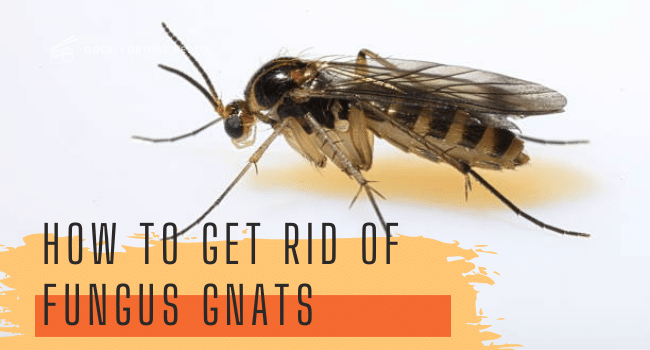Pruning Rubber Plant: Why, When, and How to Do It Right
In this comprehensive guide, we walk you through the step-by-step process of pruning your rubber plant!

Rubber plants, scientifically known as Ficus elastica, are cherished houseplants known for their striking appearance and air-purifying qualities. Whether you’re a seasoned plant enthusiast or a newbie, this article will help you in mastering the art of pruning rubber plant. Let’s dive into the significance of pruning and provide you with essential tips to ensure your rubber plant thrives.
Why Prune Your Rubber Plant?
- Encouraging New Growth: Pruning encourages your rubber plant to focus its energy on producing new leaves and branches. This results in a more bushy and attractive appearance.
- Aesthetic Enhancement: Removing damaged or discolored leaves can greatly improve the plant’s appearance. Pruning also helps maintain the desired shape and size.
- Disease Prevention: Eliminating diseased or pest-infested parts of the plant can prevent it from spreading to healthy areas.
- Improved Air Circulation: Proper pruning ensures better air circulation around the plant, reducing the risk of fungal growth and promoting overall plant health.
Also Read: Ficus tineke Care Guide
When to Prune Your Rubber Plant
The best time to prune your rubber plant is during the spring and summer months when it’s actively growing. Avoid pruning during the dormant winter months, as the plant’s growth is slower, and it may not recover as quickly.
Pruning Techniques for Your Rubber Plant

Before you begin to prune, deciding on the shape of your rubber plant is important. Rubber plants can be pruned to either be tall and skinny or short and bushy. Your choice should depend on where you want to put the plant and what you think looks best.
For instance, if you have a small shelf where the plant can’t grow very tall, you might want it to be short and round. On the other hand, if you have a big room with high ceilings, a tall and slim rubber plant might look really nice and fit the space better.
- Leaf Removal: Gently remove any yellowing, brown, or damaged leaves. Use clean, sharp scissors or pruning shears to make a clean cut near the base of the leaf stem. This not only improves the plant’s appearance but also prevents the spread of diseases.
- Branch Trimming: To encourage bushier growth, selectively trim back longer branches from sides. Make cuts just above a leaf node (the area where a leaf attaches to the stem). This prompts new growth from the node.
- Top Pruning: If your rubber plant has grown too tall or leggy, you can prune the top to encourage branching. Cut the main stem just above a leaf node, and new growth will emerge from the sides.
- Root Pruning: If your rubber plant becomes root-bound, you may need to repot it and prune the roots. This allows the plant to access fresh soil and nutrients. Be cautious when pruning roots to avoid damaging the plant.
Ficus Elastica Pruning After Care
Remember that while rubber plant sap can be a nuisance, it’s generally not a serious health threat for most people. Taking precautions and being mindful when handling your rubber plant can help you enjoy its beauty without any issues related to the sap.
- Wash Hands Immediately: If you accidentally get sap on your hands, wash them thoroughly with soap and water. The sooner you clean the affected area, the less likely it is to cause skin irritation.
- Protect Your Skin: When handling your rubber plant, wear gloves to minimize direct contact with the sap. This is especially important if you have sensitive skin.
- Avoid Touching Your Face: Be cautious not to touch your face or eyes while handling the plant, as sap residue on your hands can cause irritation if it comes into contact with sensitive areas.
- Prune Carefully: When pruning your rubber plant, use clean, sharp scissors or pruning shears. Make clean cuts to minimize sap leakage. If you notice sap oozing from a cut, wipe it away with a clean cloth or paper towel immediately.
- Keep It Away from Pets and Children: Rubber plant sap can be harmful if ingested by pets or small children. Ensure that your rubber plant is placed in a location where it’s not easily accessible to them.
- Use Rubbing Alcohol: If you accidentally get sap on your skin, rubbing alcohol can help remove it effectively. Apply a small amount of rubbing alcohol to the affected area, and gently rub until the sap is dissolved. Wash the area with soap and water afterward.
- Seek Medical Attention (If Necessary): If you experience any adverse reactions, such as skin irritation, redness, itching, or swelling after contact with rubber plant sap, consult a healthcare professional.
Regularly inspecting your plant for signs of overgrowth, damage, or disease is essential to maintain its health and vitality. Remember that pruning is not a one-size-fits-all process, so adapt your approach based on your plant’s specific needs. With proper care and attention, your rubber plant will thrive, becoming a stunning addition to your indoor garden. Happy pruning!





